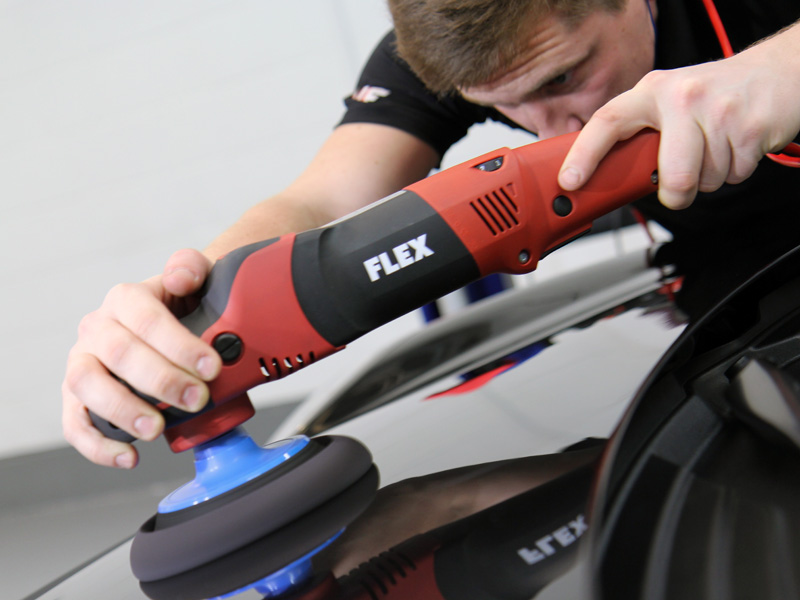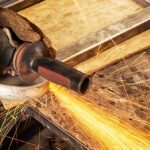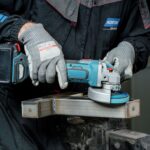Car polishing machine, an essential tool in automotive detailing, typically ranges in price from $50 to several hundred dollars, depending on its features, power, and brand. Designed to enhance a vehicle’s appearance, this device meticulously buffs and polishes car surfaces to remove scratches, swirls, and oxidation, restoring the vehicle’s shine and contributing to its overall maintenance.
Industry Analysis
In the automotive care and detailing industry, the demand for car polishing machines has seen a steady increase. With the global car care products market expected to reach $12 billion by 2024, growing at a CAGR of approximately 4%, the segment for car polishing machines is a significant contributor. This growth is driven by the rising number of vehicles, heightened awareness regarding vehicle maintenance, and the do-it-yourself (DIY) trend among car enthusiasts.
Classification and Working Principle
Car polishing machines are classified into two main types: orbital polishers and rotary polishers.
- Orbital Polishers: These machines move in a random orbital pattern, reducing the risk of damaging the paint. They are ideal for beginners and those looking for a tool for light to moderate polishing work.
- Rotary Polishers: Known for their direct and powerful application, rotary polishers spin on a single axis and are capable of removing deep scratches and serious paint defects. They require a skilled hand to operate effectively to avoid paint damage.
The working principle of car polishing machines revolves around the use of a rotating pad, combined with abrasive compounds, to remove imperfections from the vehicle’s surface. The process involves:
- Preparation: Cleaning the vehicle to remove surface dirt and debris.
- Applying Polish: Selecting the appropriate polish or compound for the task.
- Polishing: Using the machine to work the compound into the paint, gradually refining the surface with less abrasive materials to achieve a high gloss finish.
- Finishing: Wiping down the vehicle to remove any residual product, revealing the polished surface.

Application in the Industry
Car polishing machines are widely used in auto detailing shops, car dealerships, and by car enthusiasts. Their application extends from routine vehicle maintenance to preparing cars for shows or sales, where a flawless finish can significantly increase a vehicle’s aesthetic appeal and value.
Choosing the Right Machine
Selecting the right car polishing machine involves considering:
- Skill Level: Beginners may prefer an orbital polisher for its ease of use, while professionals might opt for a rotary polisher for its efficiency and effectiveness.
- Intended Use: The choice between a heavy-duty rotary polisher and a lighter orbital polisher depends on the condition of the vehicle’s paint and the desired outcome.
- Budget: Prices vary widely, so potential buyers must balance cost with the features and durability they need.
Future Outlook and Summary
The car polishing machine market is poised for continued growth, driven by technological advancements that improve efficiency, safety, and results. Innovations such as cordless machines and adjustable speed settings are making car polishing more accessible and effective.
As awareness and appreciation for automotive detailing continue to rise, the demand for high-quality car polishing machines will likely increase, offering enthusiasts and professionals alike the tools they need to achieve superior finishes.
In conclusion, car polishing machines play a crucial role in automotive maintenance and detailing, providing the means to restore and preserve the appearance of vehicles.
Whether for personal satisfaction or professional requirement, choosing the right machine is key to achieving the best results, with the industry set to expand further as more individuals recognize the value of regular vehicle care and detailing.

